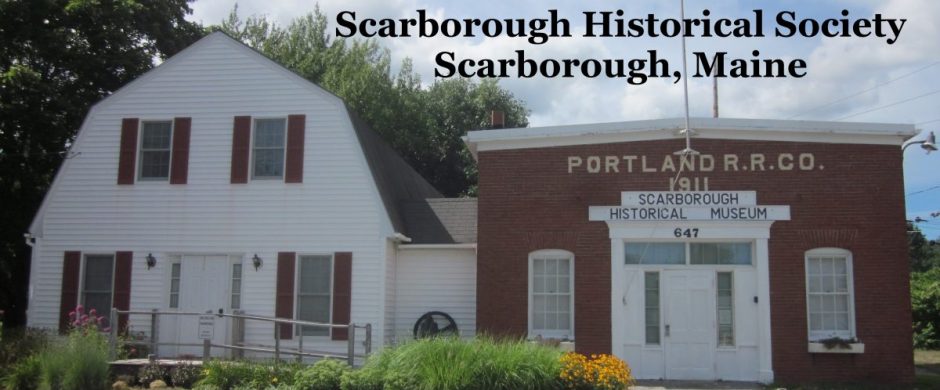The museum recently received a wonderful photo of Susan Sawyer Todd.
According to the information with the photo:
- Susan Sawyer Todd
- Nana Dorothy Shaw’s Mother
- 1859-1891 (32 yrs old)
- Birth mother to Dorothy Miller Shaw
Other Information about Susan Sawyer Todd.
- Susan C. (Sawyer) Todd was born Aug. 16, 1859, and died Feb. 19, 1891. She was married to Lewis Tappan Todd 1st (1855-1932).[i] Her daughter was Dorothy Louise Shaw (1886-1987).[ii]
- Family Search has profile L8M2-5MH for Susan C Sawyer (1859-1891)
- Ancestry has 39 public trees that refer to Susan C Sawyer.
Endnotes
[i] Find a Grave, database and images (https://www.findagrave.com/memorial/119680372/susan-g-todd: accessed 29 November 2022), memorial page for Susan G. Sawyer Todd (1860–20 Feb 1891), Find a Grave Memorial ID 119680372, citing Evergreen Cemetery, Portland, Cumberland County, Maine, USA; Maintained by Sally – Midcoast Maine (contributor 48138595).
[ii] Find a Grave, database and images (https://www.findagrave.com/memorial/107972722/dorothy-louise-shaw: accessed 29 November 2022), memorial page for Dorothy Louise Miller Shaw (13 Nov 1886–9 Apr 1987), Find a Grave Memorial ID 107972722, citing Black Point Cemetery, Scarborough, Cumberland County, Maine, USA; Maintained by Brian Shaw (contributor 48492857).











